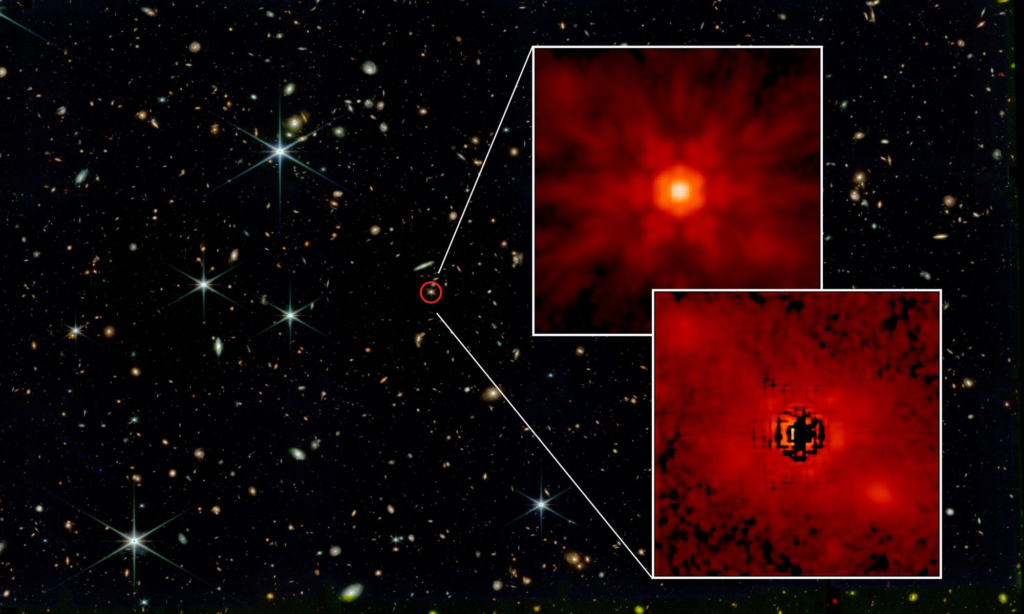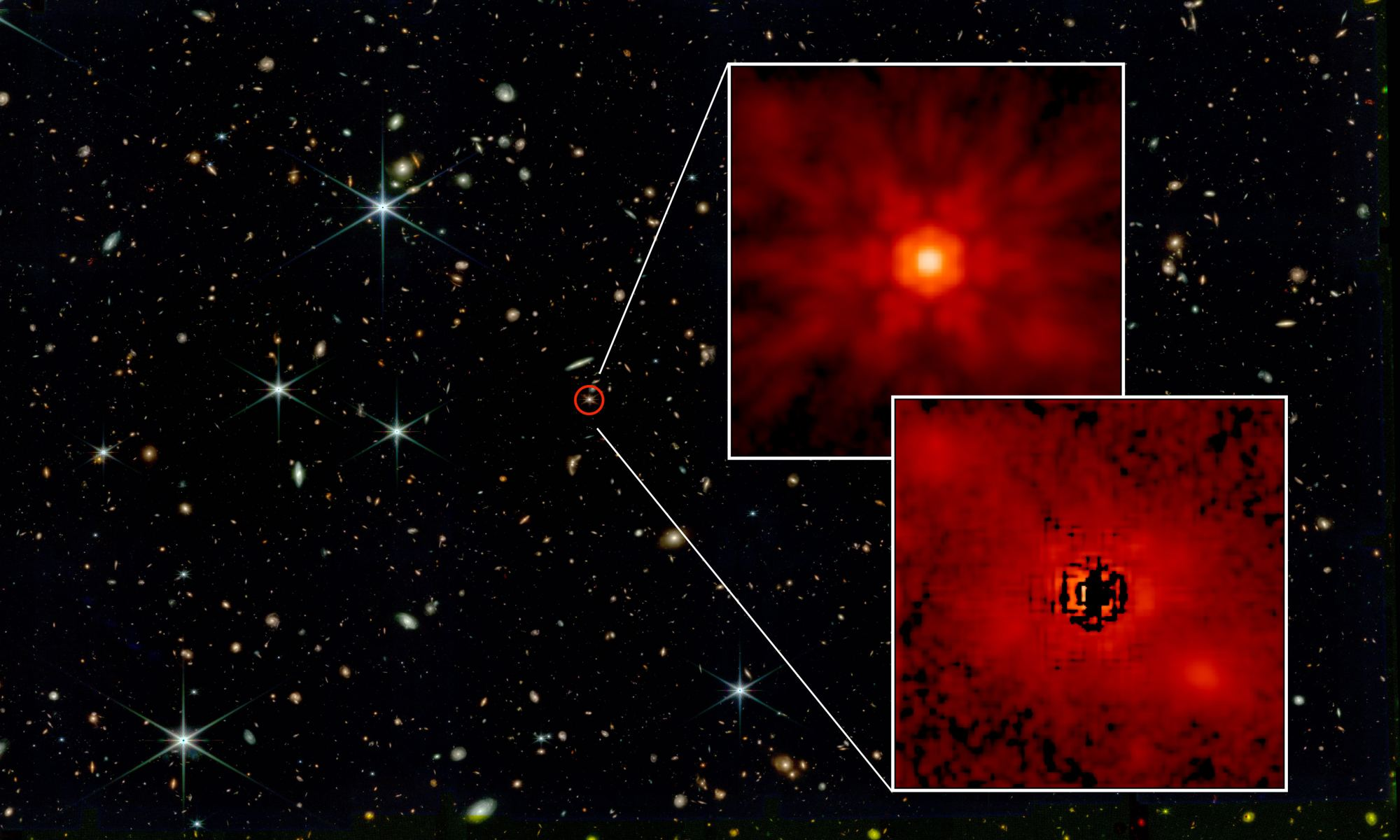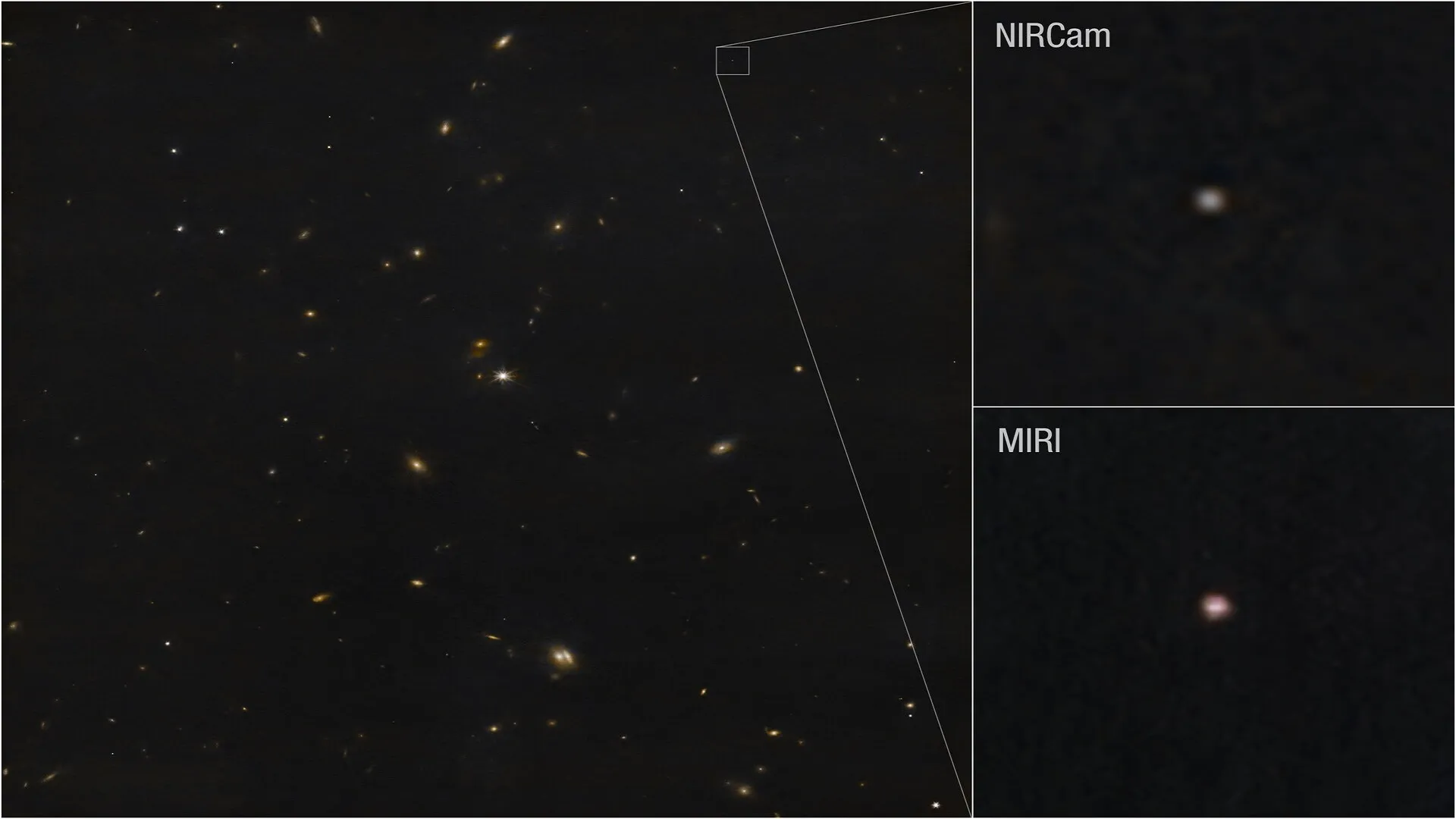
Integral to galaxy dynamics and evolution, supermassive black holes influence galactic formation, stellar birth, and potentially even the distribution of dark matter. Present in nearly every galaxy, these cosmic behemoths typically constitute a small fraction of a galaxy’s total mass in nearby systems. Despite our considerable knowledge of these gravitational titans, one question has persisted: how did supermassive black holes accumulate mass at such astonishing rates?
Much of our understanding of early black holes stems from observations of quasars—phenomena arising when supermassive black holes enter an exceptionally active phase, devouring vast quantities of matter and emitting brilliant light observable throughout the cosmos. Studies utilizing data from the James Webb Space Telescope (JWST) and other observatories have detected quasars dating back as far as 13 billion years, indicating their rapid growth and activity mere hundreds of millions of years post-big bang. However, these luminous beacons present a challenge for observation: their brilliance often overshadows their host galaxies, complicating efforts to study the surroundings of early quasars.
In a groundbreaking endeavor detailed in The Astrophysical Journal, researchers devised a spectral technique to peer into these distant galactic hosts. Leveraging JWST data from six remote quasars situated approximately 13 billion light-years away, the team analyzed emissions across various wavelengths. By comparing this data to model quasars, they distinguished emissions likely originating from the compact core of the quasar and those from the surrounding, more diffuse galaxy. Filtering out the intense quasar emissions, they successfully obtained the initial images of ancient galaxies harboring these distant quasars.
As the brightness of light sources correlates with their mass, the team conducted comparisons between the mass of quasars and that of their host galaxies. The findings were remarkable: within these early galaxies, the mass of supermassive black holes amounted to approximately 10% of the galaxy’s total mass. This starkly contrasts with the mass ratio observed in local galaxies, where supermassive black holes typically constitute just a fraction of a percent of the galaxy’s mass. This suggests that early supermassive black holes underwent rapid growth, potentially serving as the foundational seeds for their respective galaxies. These observations challenge the prevailing notion that early galaxies formed prior to the emergence of their black holes.
While astronomers remain uncertain about the mechanisms behind the swift formation of supermassive black holes in the early Universe, it is evident that such phenomena occurred. While addressing one aspect of supermassive black hole evolution, the team’s findings have sparked numerous additional inquiries, underscoring the complexity of this cosmic phenomenon.



